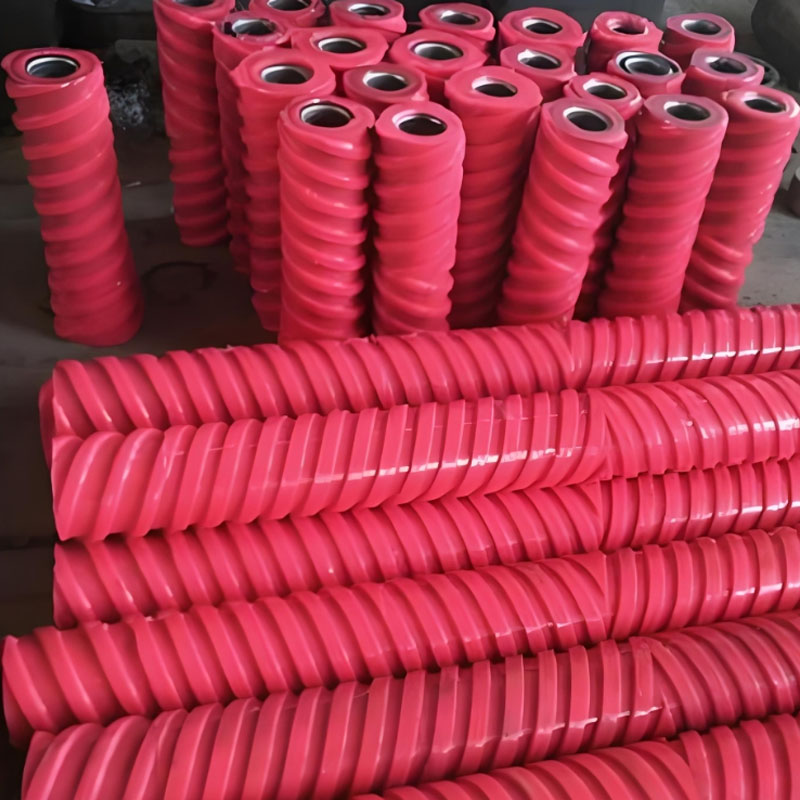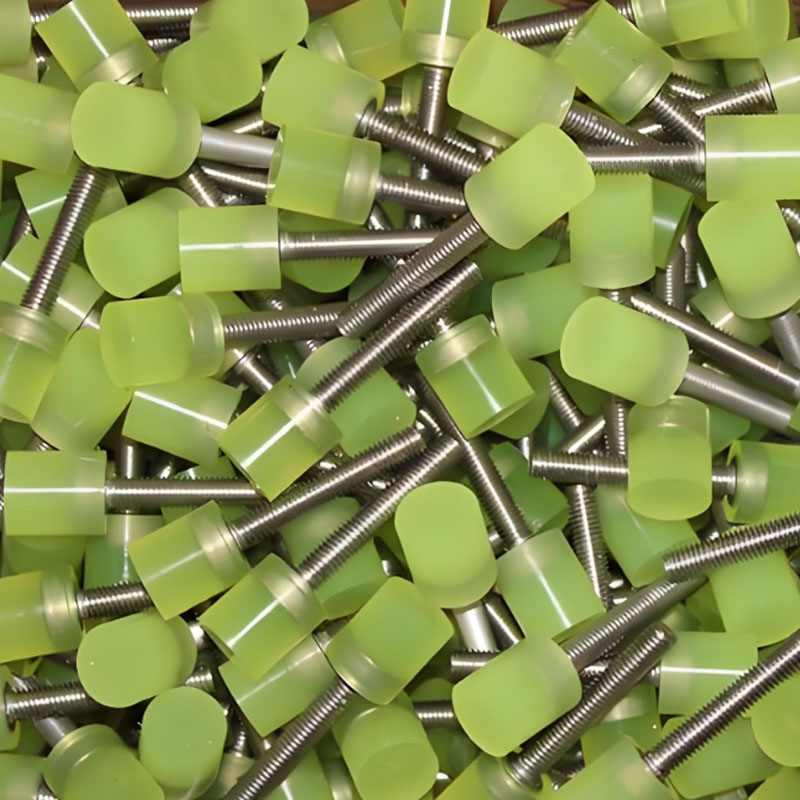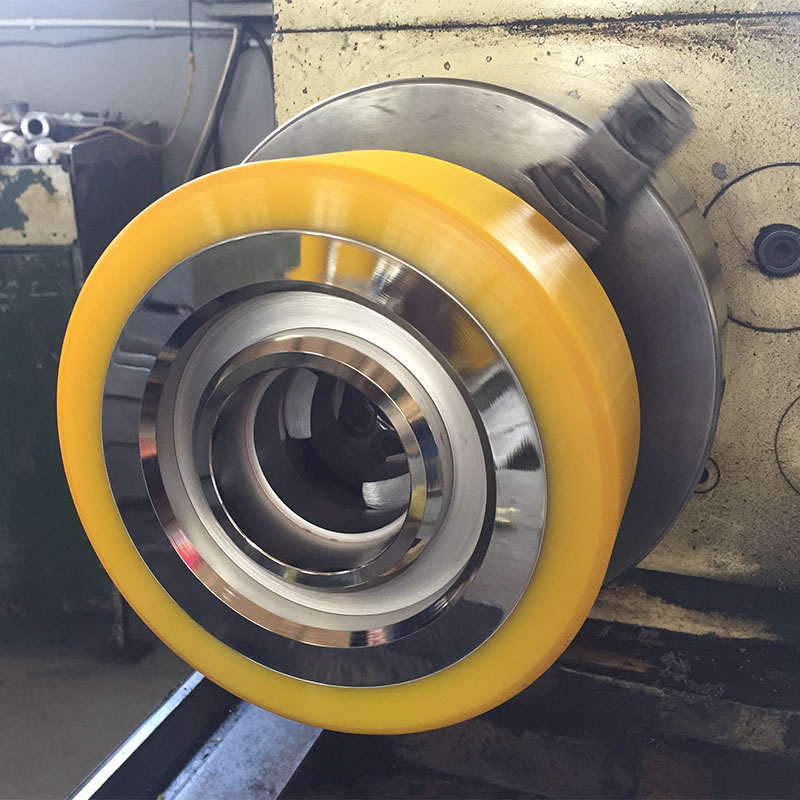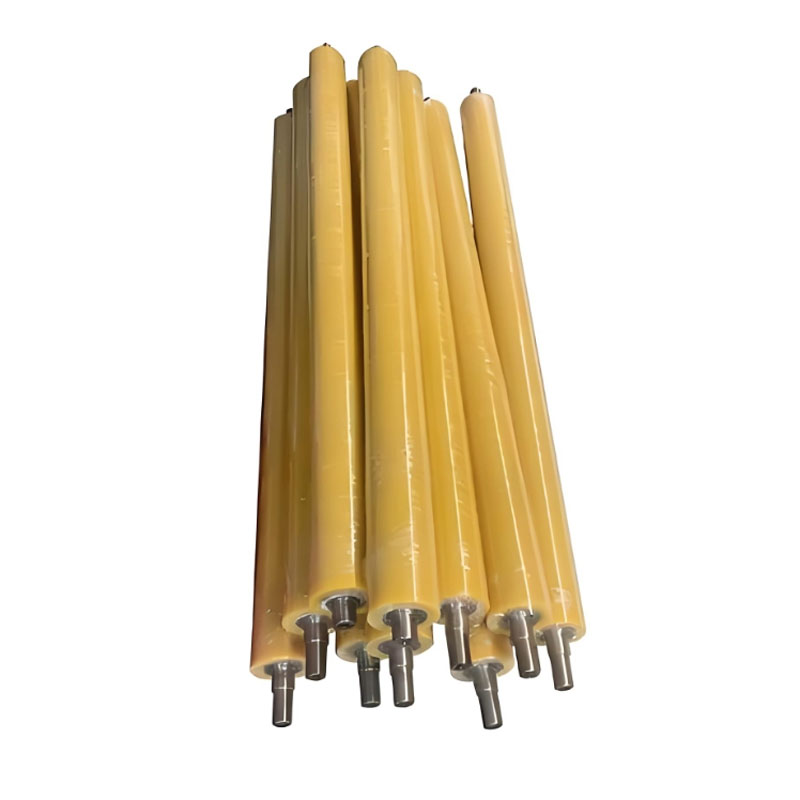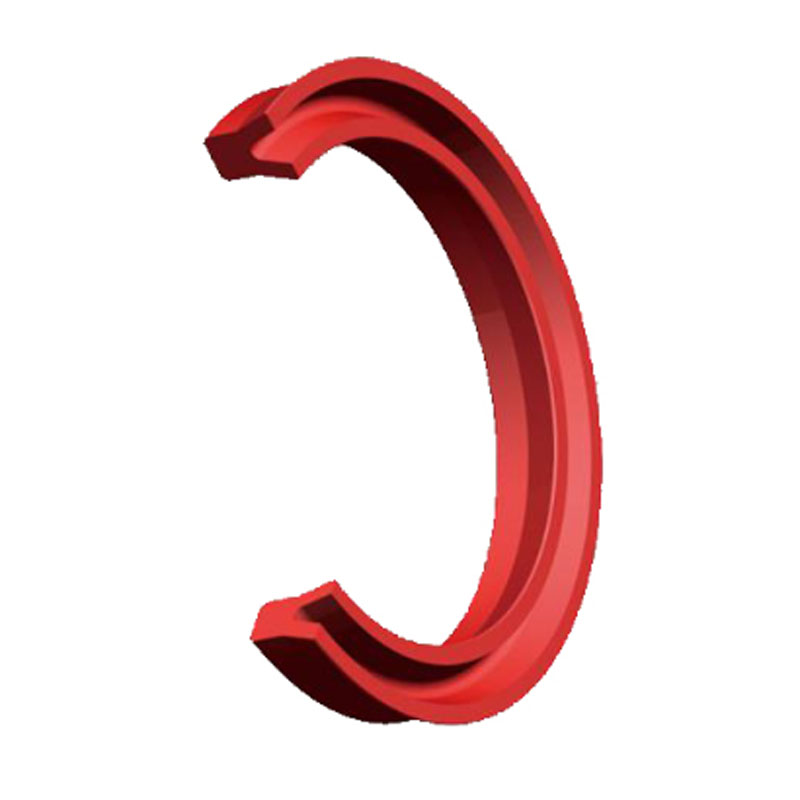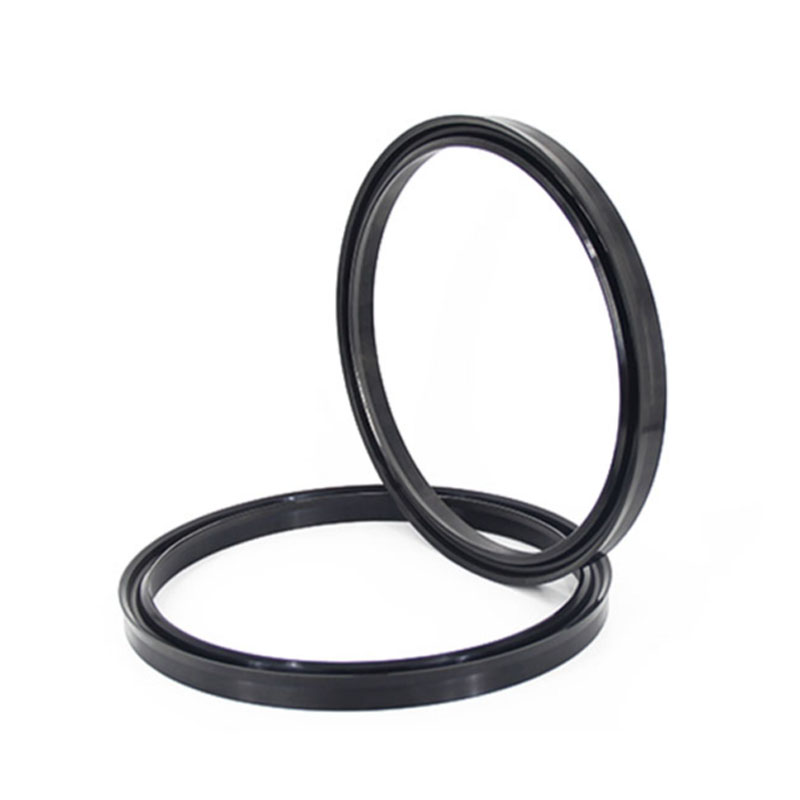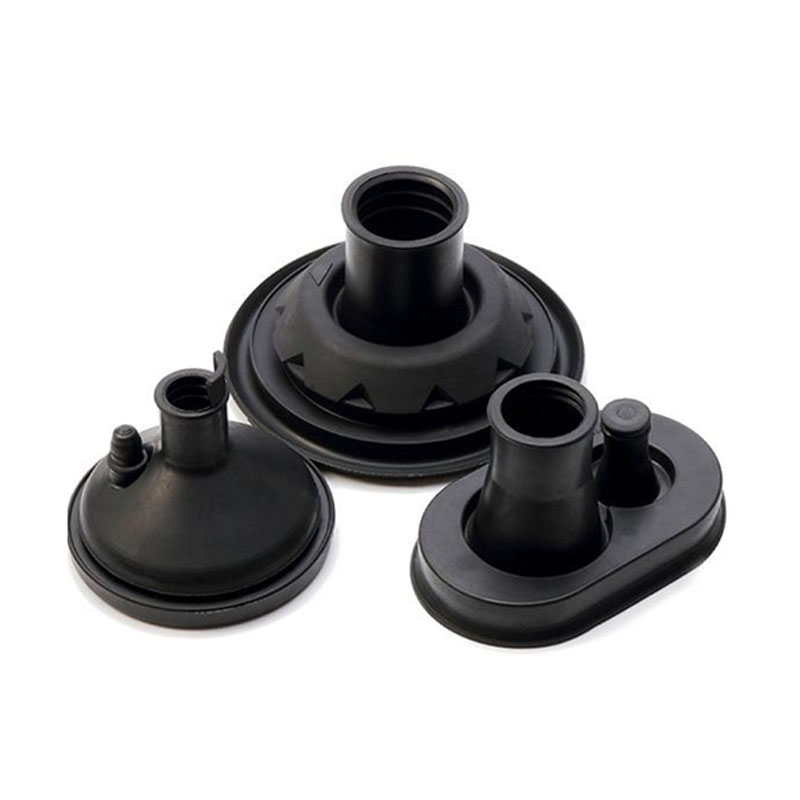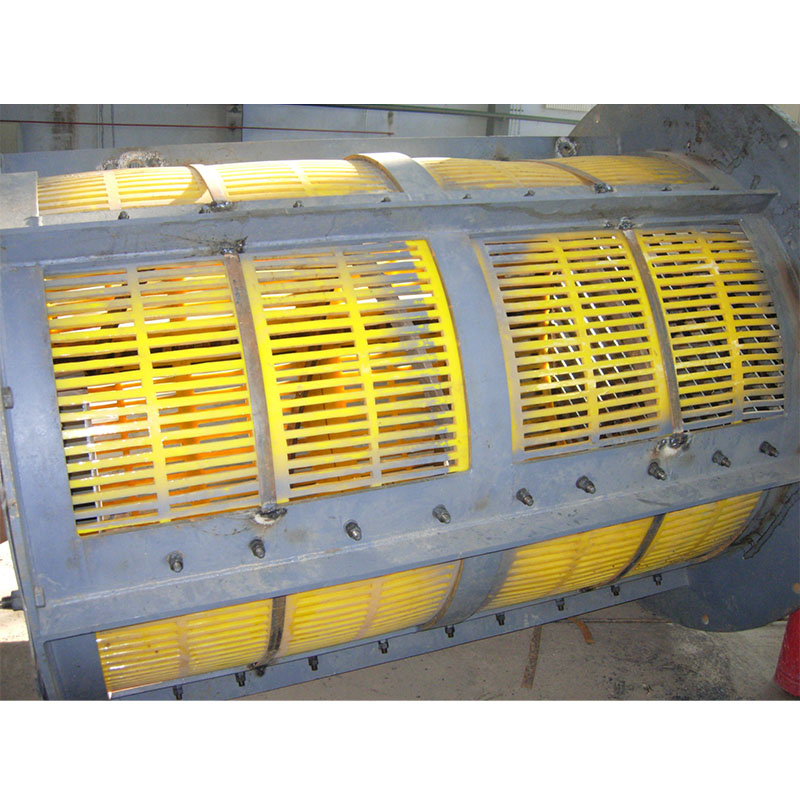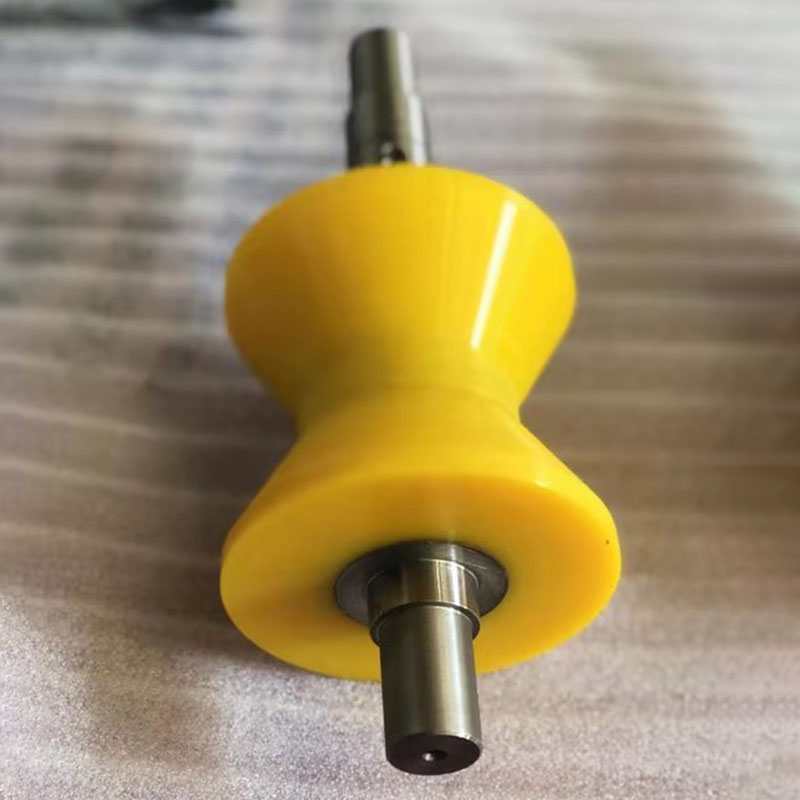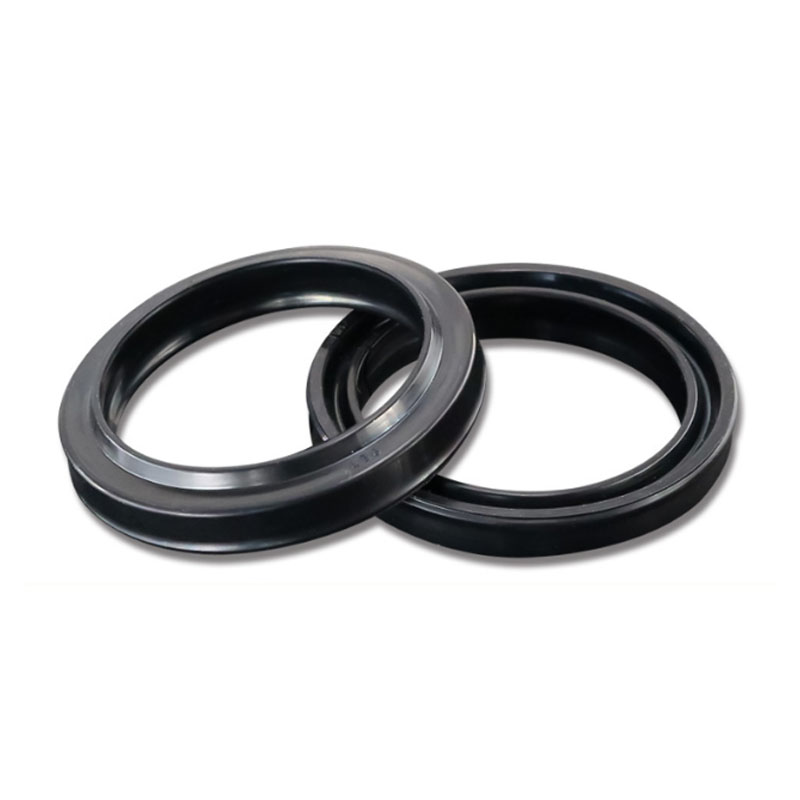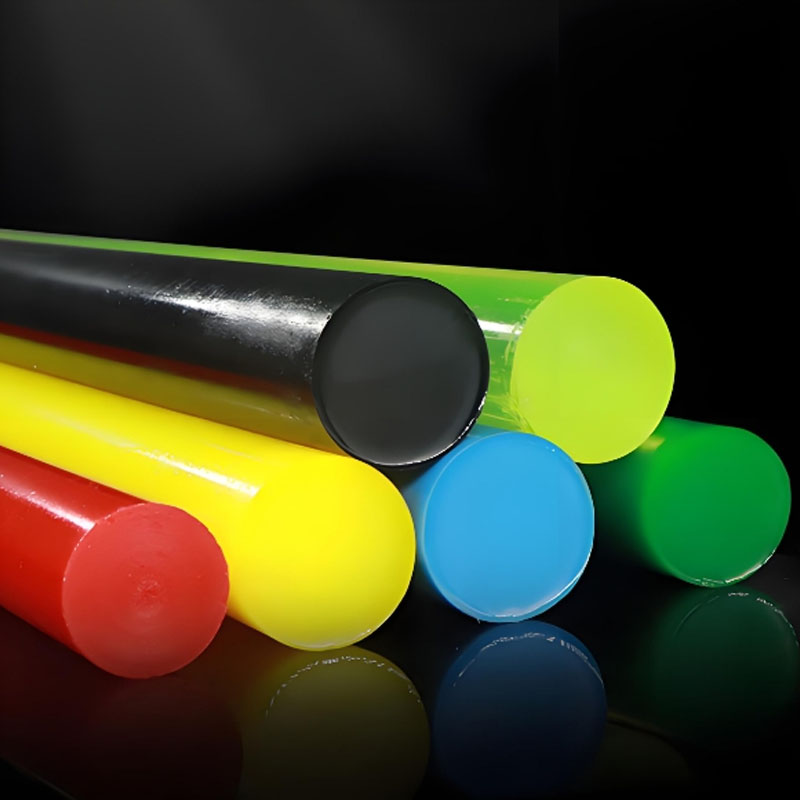
Sita mesh with tension
Sita mesh with tension
The sieve grid is an indispensable tool used in various fields of our lives, from the food industry to construction and even at home. But what is a sieve grid tension and why is it needed?
What is a sieve grid tension?
The tension of the sieve grid is the force with which the wire or other material from which the mesh is woven is pressed to the frame. In fact, is it a degree? Tension? nets. Imagine a fishing network: the more it is stretched, the less fish can slip through the cells. The same thing with Situ: the stronger the tension, the smaller the particles can hold the net.
Why do you need different tension?
A different tension of the grid is necessary to achieve specific goals. Imagine that you need to sift flour. To do this, you need a grid with fairly small cells and medium tension so as not to let lumps. If you want to separate large stones from sand, you will need a mesh with quite large cells and less tension. In short, selecting the tension, we determine which particles will pass through a sieve and which will remain on it. Different types of work require different accuracy of separation, and tension is a key factor in achieving this accuracy.
Practical examples of the use of various tension
In the food industry, sieve tension is important for sorting grain, flour and other products. In construction, with its help, sand is separated from large particles, as well as in the production of building materials. In everyday life, we use a sieve for sifting flour, separation of unnecessary particles from products and even to sort small parts. The choice of proper tension affects the effectiveness of all work, so you should always take into account the needs of a particular task. The more carefully you need to sift the material, the more you need to pull the net. And vice versa, the rudely sifting, the weaker the tension should be.
AppropriateProducts
Corresponding products
The best soldproducts
The best -selling productsConnectedsearch
Related search- Polyurethane-bucket countries of shock-absorbing rollers in China
- Transparent thermic mud in China
- Return of the conveyor tape Ottering machines of factory in China
- The main countries of the departure of caterpillar wheels from China
- Pricing Polyurethane videos in China
- rollers conveyor price manufacturer
- Suppliers are one wheel of the wheel of the wheel polyurethane soundless tires from China
- Leading countries-buyers of rubber round gaskets in China
- A whole -lit wheel of polyurethane manufacturer
- Rubber shaft manufacturers in China






